Terry Adkins (1953–2014) once said he hoped to make sculpture ‘as immediate and ethereal as music’. With his very last work, he may have done just that. The four sculptures poised side-by-side, jutting out of the wall of Thomas Dane Gallery’s back room, resemble heraldic trumpets. They are composed of cymbals, one of the loudest instruments in the percussionist’s armoury. As you enter the room and walk round them, you can see that their shape, when viewed from the side, is based on waveforms – of four birdsongs: a seaside sparrow, a dicksissel, mourning dove, and broad winged hawk. Everything about these works screams noise and stir – but, at the end of each one, jutting out from the final cymbal, Adkins has inserted the mute of a brass instrument to stifle the roar. Adkins’ Aviariums (2014), made originally for the Whitney Biennial and shown here for the first time in the UK, capture the paradox at the heart of Adkins’ project: to capture sound as sculpture is to make it still and hold its tongue.
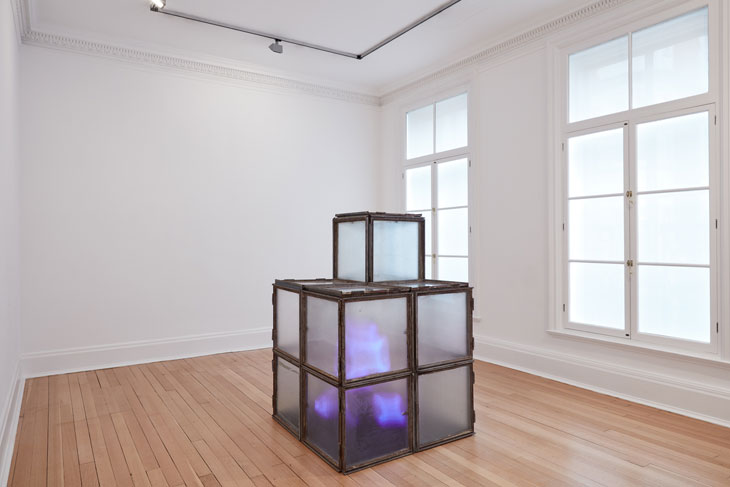
‘Solitude’, Terry Adkins, installation view (2017), Thomas Dane Gallery, London. Photo: Luke A. Walker
Adkins died before those works were exhibited. Music had accompanied him his whole life, the permanent flipside of his sculptural practice. He was born in Washington D.C. in 1953, the child of educators and amateur musicians. At school he played saxophone in the jazz orchestra and amazed his fellow pupils with his draughtsmanship, drawing almost photorealistic images from the age of 10. He got his MFA in sculpture at Kentucky University in 1979 and then moved back to Washington to play free jazz with Yahya Abdul-Majid of the Sun Ra Arkestra. At the same time, exhibiting at D.C.’s Hard Art Gallery, he developed an interdisciplinary practice in which photography, print-making, and sculpture were entangled with performance work by his own band, the Lone Wolf Recital Corps, sometimes playing instruments of Adkins’ own invention. The 18ft brass ‘arkaphones’ he built in 1998 bear a striking resemblance to his Aviarium sculptures.
Adkins’ work is held in several public collections, including the Tate Modern, but despite that ‘Solitude’ is his first solo show in this country. The title is something of a misnomer, since almost all the works see the artist in dialogue with some absent addressee. The igloo-like Nutjuitok (Polar Star), (2012), a large sculpture in iron and mottled glass with a few eerie blue lights inside, is inspired by African-American Arctic explorer Matthew Henson. A series of paintings, After Bonnaterre (2013), covers pages of engravings by the titular 18th-century French naturalist with a rich Yves Klein blue, leaving just a petal or a leaf to poke through uncovered here and there, as if drifting on some chroma key soup, poking out of the void.
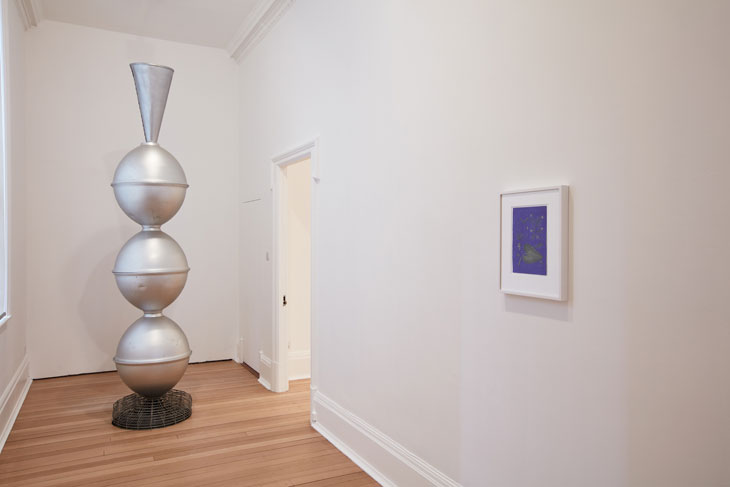
‘Solitude’, Terry Adkins, installation view (2017), Thomas Dane Gallery, London. Photo: Luke A. Walker
But Adkins’ most tender tribute, the interlocutor addressed most respectfully and tenderly, is blues singer, Bessie Smith, the dedicatee of Coahoma (from Belted Bronze) (2007). Coahoma is the first work that confronts you in the gallery and it’s big (over three metres tall) and bold and beautifully simple. Consisting of three stacked globes in the same silvered steel as the cymbals used for Aviarium, the work nonetheless feels very human, almost alive, like a totem pole or a Russian doll. Taking inspiration from the Songye power figures Adkins saw on a trip to West Africa in 1992, the work has a quiet magic all of its own. At its peak, a silver cone, like the loudhailers used by directors in old films, points skywards, singing eternally to the heavens.
‘Terry Adkins: Solitude’ is at Thomas Dane Gallery until 27 May.
Unlimited access from just $16 every 3 months
Subscribe to get unlimited and exclusive access to the top art stories, interviews and exhibition reviews.

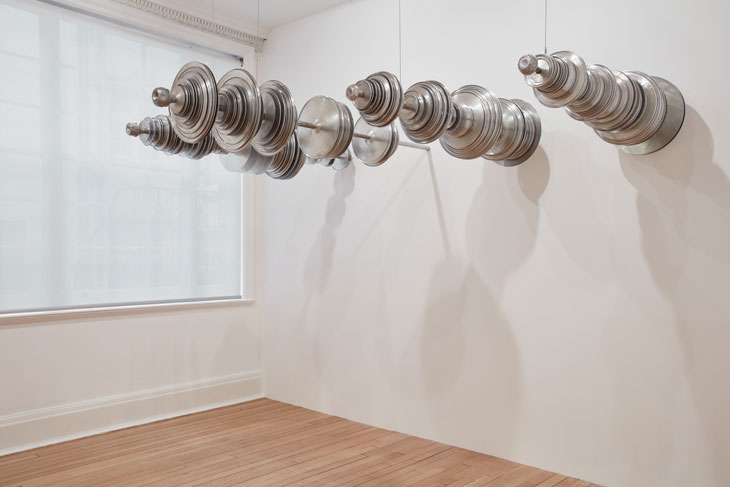
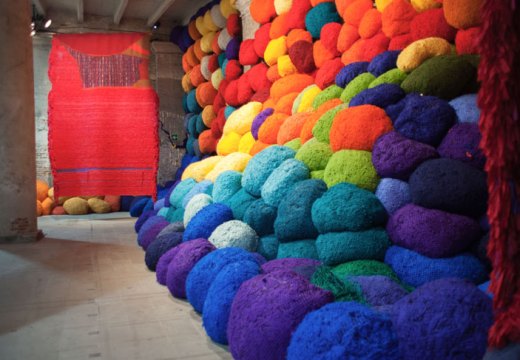
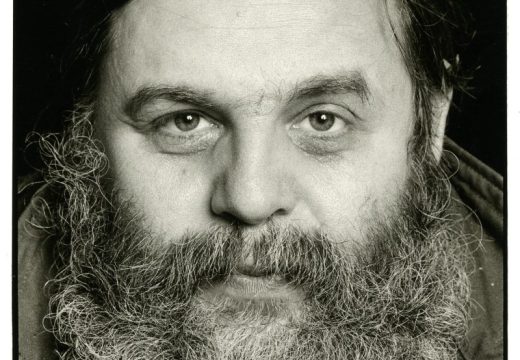
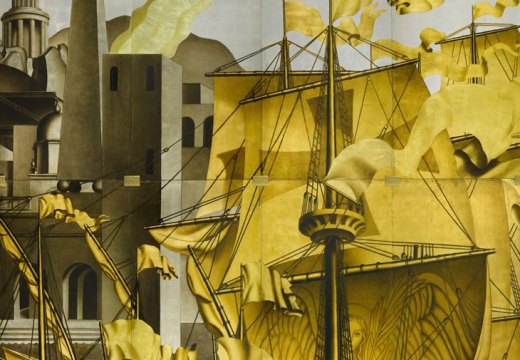









![Masterpiece [Re]discovery 2022. Photo: Ben Fisher Photography, courtesy of Masterpiece London](http://www.apollo-magazine.com/wp-content/uploads/2022/07/MPL2022_4263.jpg)
Has the Fitzwilliam got its rehang right?